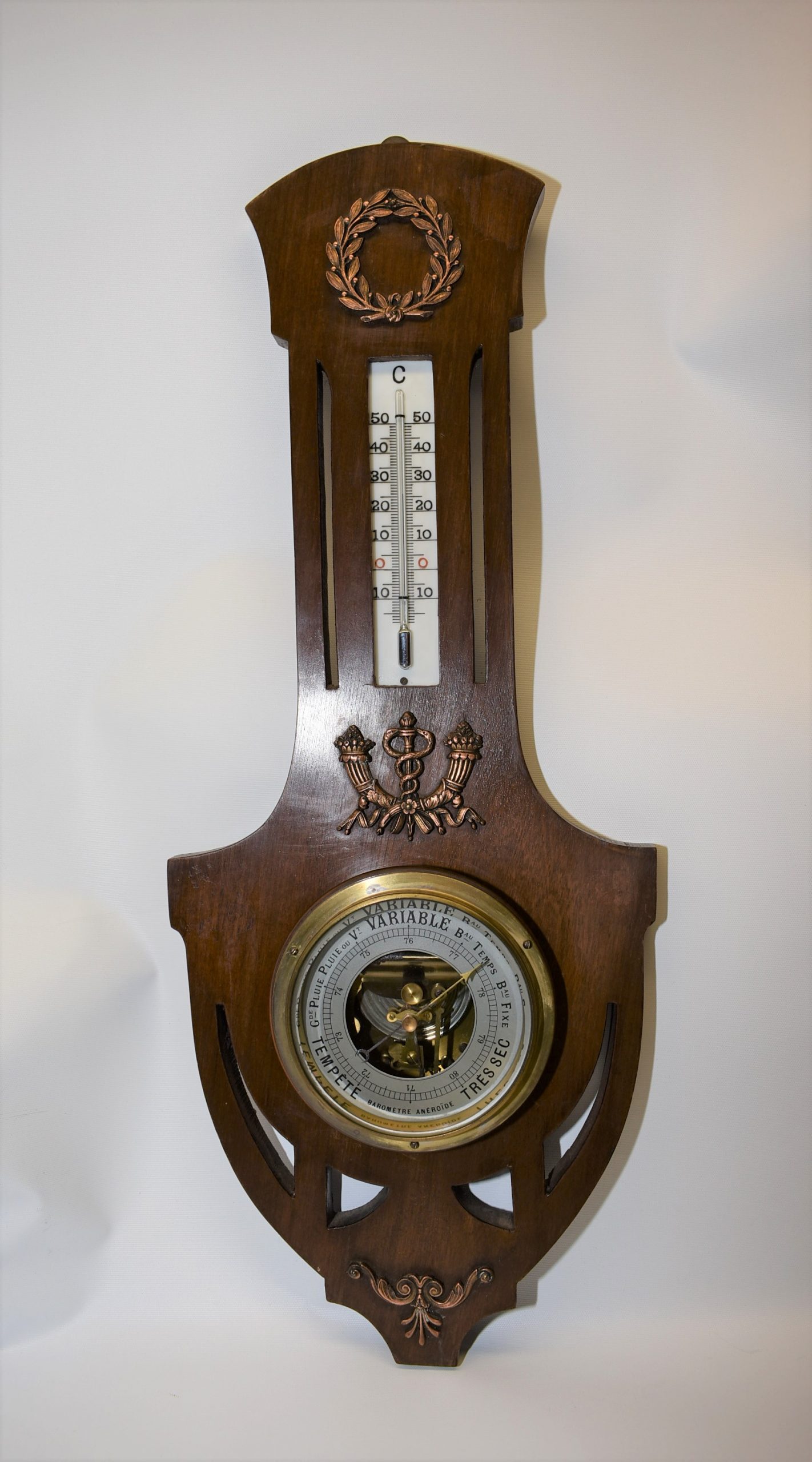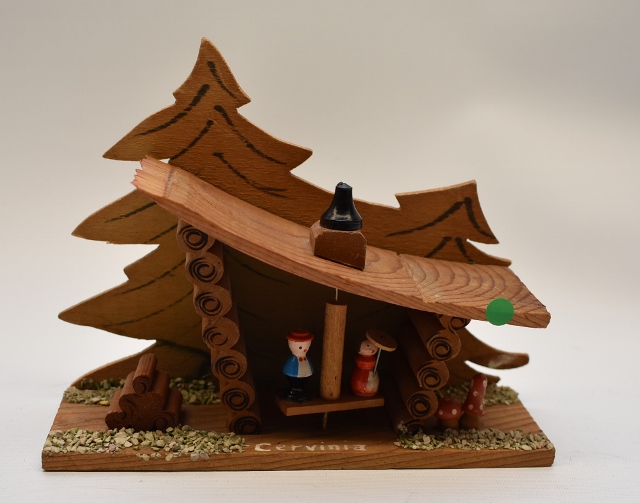In the fascinating world of antique weather forecasting, two devices stand out as particularly intriguing relics of a bygone era: the barometer and the weather house. Both have a distinctive charm, aesthetic allure, and significant historical value, making them unique collectibles for enthusiasts of antique clocks, barometers, and similar paraphernalia. This article will delve into an engaging comparison of these two instruments, illustrating their unique mechanisms, histories, and roles in our understanding of the weather.
Antique Barometers

Barometers, the silent, sophisticated observers of atmospheric pressure changes, have been indispensable scientific instruments since their invention in the 17th century by Evangelista Torricelli. These antique devices are visually striking, featuring elegantly crafted wood, brass, or glass components, and often complement a room’s decor with a touch of scientific grandeur. They hold a revered place in the realms of meteorology and scientific history.
Barometers operate on a simple principle. By measuring changes in the atmospheric pressure, they predict forthcoming weather conditions. Rising pressure typically signifies fair weather, while falling pressure hints at stormy or rainy conditions. Although antique barometers come in many types, two types stand out: mercury and aneroid. Mercury barometers are designed with a glass tube filled with mercury that reacts to pressure changes. In contrast, aneroid barometers rely on a small, flexible metal box that contracts and expands with pressure changes, driving a needle across a dial to show the change in pressure.
Antique Weather Houses

A weather house, though perhaps less known, is a delightful artifact of old-world meteorology. German in origin and often whimsically designed to resemble a miniature cottage, a weather house is a unique barometric device that uses human figures, typically a man and woman, to indicate the weather.
In a weather house, two figures – traditionally a woman who forecasts sunny weather and a man who predicts rain – are suspended on a balance beam. Changes in humidity cause the beam to tilt one way or the other, causing one figure to emerge from the house. The weather house’s quaint design and almost magical operation have made it a beloved curio in homes worldwide.
Comparing the Instruments
While both barometers and weather houses offer glimpses into the atmospheric conditions, they work in different ways and convey their information uniquely. The barometer’s operation is more scientific and precise, quantifying atmospheric pressure in a way that allows for accurate weather prediction. Its presence typically suggests a keen interest in meteorology and an appreciation for scientific instruments. It’s a sophisticated piece, befitting a formal living room or study, adding a touch of history and elegance to any room.
The weather house, on the other hand, combines functionality with charm. It may not give a precise reading like a barometer, but it does provide a rudimentary forecast while serving as a charming decorative piece. Its traditional, folk-art aesthetic makes it a great conversation starter and a delightful addition to a cozy kitchen or sunroom.
The barometer and the weather house reflect the differing ways in which our ancestors approached the unpredictable elements. One approach values precision, scientific understanding, and a certain elegance, while the other leans towards charm, whimsy, and a more intuitive interaction with the environment.
Both devices are testament to humanity’s timeless desire to predict and understand the ever-changing weather patterns that shape our lives. Whether your passion leans towards the scientific sophistication of antique barometers or the enchanting appeal of weather houses, these artifacts will continue to draw interest and admiration from antique collectors and weather enthusiasts alike.
As we have ventured through the captivating world of barometers and weather houses, we hope you have gained a new appreciation for these relics of the past. These objects not only embody our historical relationship with the natural world but also bring an engaging blend of artistry, science, and storytelling to any collection. Whether you’re an antique clock aficionado or a passionate meteorology hobbyist, the barometer and weather house offer unique facets of history that are well worth exploring.
